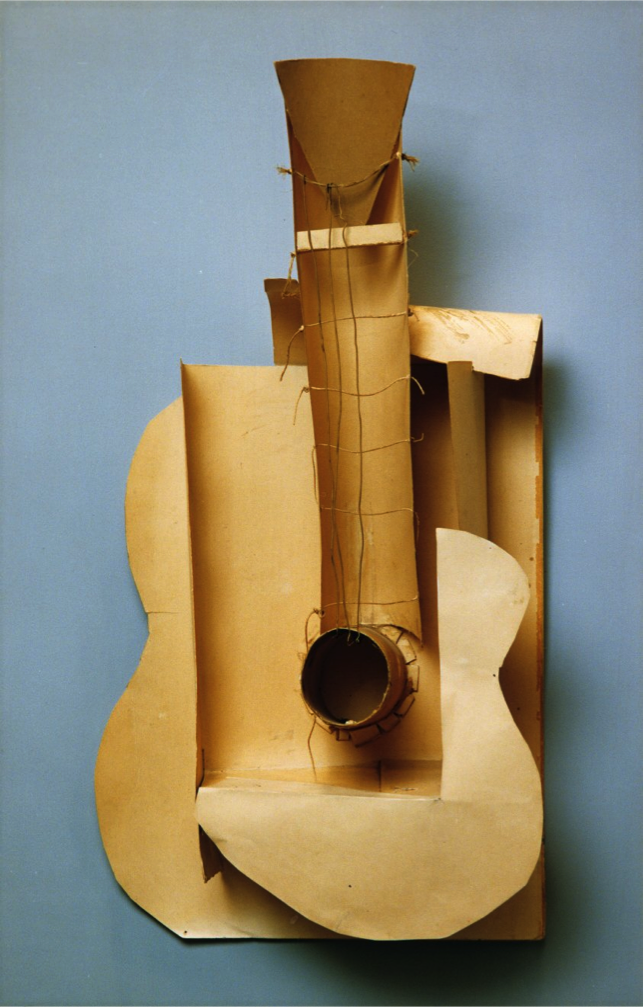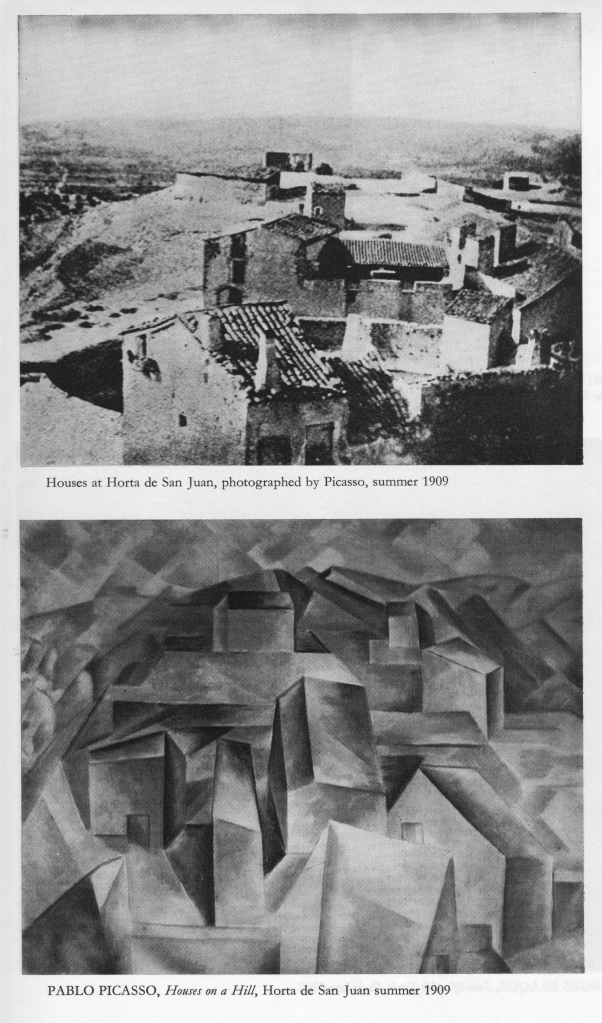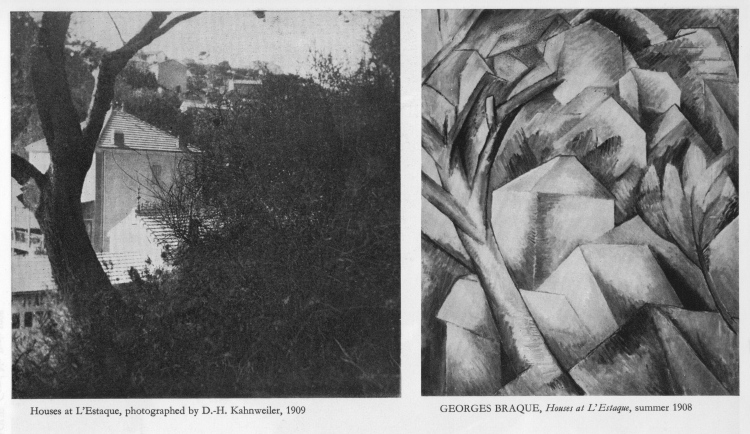Bergson thought that there could be a possible interpenetration of human consciousnesses, that two consciousnesses can be united in a single experience, into a single duration1 and that intuition possibly opens the way into consciousness in general.2
Again, he thought that an impersonal consciousness linked our conscious ‘minds’ with all nature.
‘Such a consciousness would grasp, in a single, instantaneous perception, multiple events lying at different points in space; simultaneity would be precisely the possibility of two or more events entering within a single, instantaneous perception. What is true and what illusory, in this way of seeing things?’3
The more conscious we become of our progress in pure duration, the more we press against the future and know freedom.
For Bergson, memory is not a function of the brain but is independent of matter and ‘there is not merely a difference of degree, but of kind, between perception and recollection.’4 The brain is only an intermediary between sensation and duration – ‘in no case can the brain store up recollections or images’.5
‘Memory, inseparable in practice from perception, imports the past into the present, contracts into a single intuition many moments of duration and thus by a twofold operation compels us, de facto, to perceive matter in ourselves, whereas we, de jure, perceive matter within matter.’6
Memory gives us access to pure duration which is spirit – ‘pure memory is a spiritual manifestation. With memory we are, in truth, in the domain of spirit.’7
In reference to Platonism Bergson wrote
‘an invisible current (duration) makes modern philosophy tend to lift the Soul above the Idea. In this as in modern science and even more so, it tends to move in the opposite direction from ancient thought.’8
Not only is his terminology Neoplatonic, his philosophical heritage is clear
‘And this double movement of memory between its two extreme limits…sketches out…the first general ideas – motor habits ascending to seek similar images, in order to extract resemblances from them, and similar images coming down toward motor habits, to fuse themselves, for instance, in the automatic utterance of the word which makes them one. (my italics)’9
Bergson’s central thesis is that ‘reality’ must be grasped by intuition. Intuition is the immediate non-intellectual knowledge not of discontinuous moments but of the indivisible flow of ‘real’ time, comprising a plurality of multiple aspects and meanings.
Bergson defined intuition as ‘the metaphysical investigation of what is essential and unique in the object’10 and as the ability to immediately discern our own inner being as well as the thoughts of others.11 In apprehending reality in its true duration, we enter into the experience or thing itself.
Bergson referred to Schelling’s and Schopenhauer’s use of the concept ‘intuition’ in their search for the eternal whereas for him, it was a question of finding true duration. Not only is his work informed by Neoplatonism and peppered with concepts such as ‘essence’, ‘absolute’, ‘truth’, ‘perfection’ and ‘God’, for example
‘Coincidence with the person or object can alone give one the absolute. It is in this sense, and in this sense only, that absolute is synonymous with perfection,’12
consider the final sentence in two of his most influential books
‘Spirit borrows from matter the perceptions on which it feeds and restores them to matter in the form of movements which it has stamped with its own freedom’13
‘The animal takes its stand on the plant, man bestrides animality, and the whole of humanity, in space and time, is one immense army galloping beside and before and behind each of us in an overwhelming charge able to beat down every resistance and clear the most formidable obstacles, perhaps even death.’14
Intuition unites science and metaphysics in ‘the absolute’. It deals with mobility, and as I have shown earlier, this mobility applies also to the motionless.
To grasp the essence of a thing is to intuit it in its becoming, its movement. We must place ourselves within this evolution. This amounts to the coincidence of consciousness with ‘the living principle’ from which it derives. So duration is the intuitive apprehension of the passage of time.
Intuition is extremely difficult, since it requires us to use our ‘minds’ in a direction and manner the opposite of which our brains are used to function in, to reach ‘the inward life of things’.15
It therefore requires not only the act of seeing (the already-made) but that this be combined with the act of willing (the being-made). Intuition enables us to grasp reality directly, not superficially but in depth, unmediated by intellectual apprehension. Through intuition we can probe the meaning and nature of life and of evolution itself.
Part seven/to be continued…
Notes
1. Duration and Simultaneity, op. cit., 46-47 ↩
2. The Creative Mind, op. cit., 36 ↩
3. Duration and Simultaneity, op. cit., 45 ↩
4. Matter and Memory, op. cit., 236 ↩
5. Ibid., 225 ↩
6. Selections from Bergson, op. cit., 49 ↩
7. Matter and Memory, op. cit., 240 ↩
8. The Creative Mind, op. cit., 229 ↩
9. Matter and Memory, op. cit., 243 ↩
10. An Introduction to Metaphysics, op. cit., 28 ↩
11. Inventing Bergson, op. cit., 40 ↩
12. Selections from Bergson, op. cit., 3 ↩
13. Matter and Memory, op. cit., 249 ↩
14. From Creative Evolution in Selections from Bergson, op. cit., 105 ↩
15. An Introduction to Metaphysics, op. cit., 51 ↩



